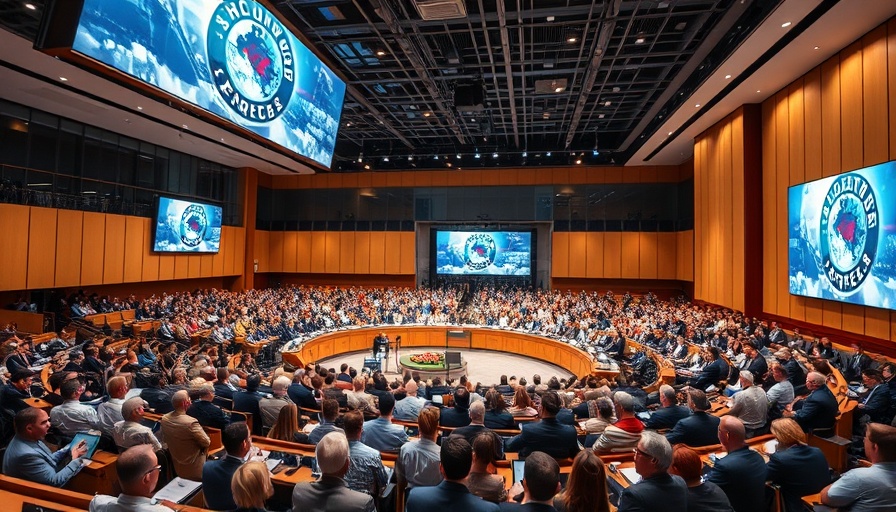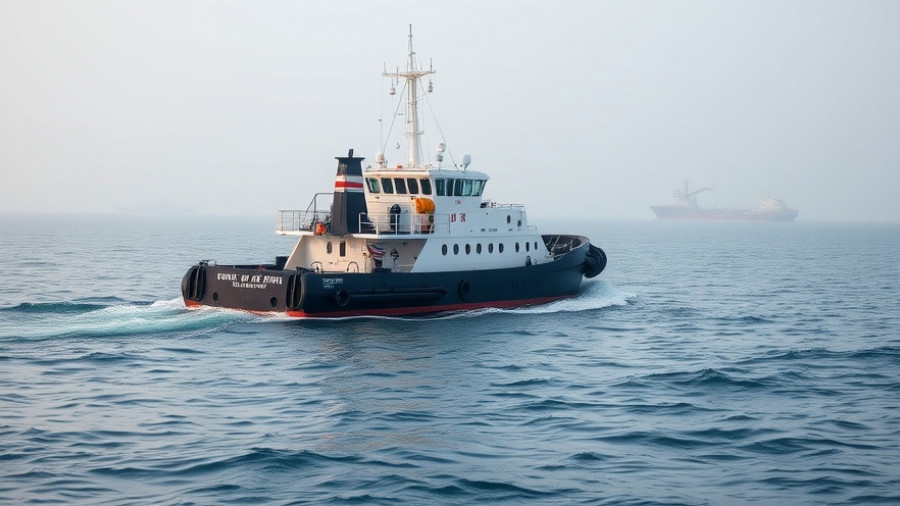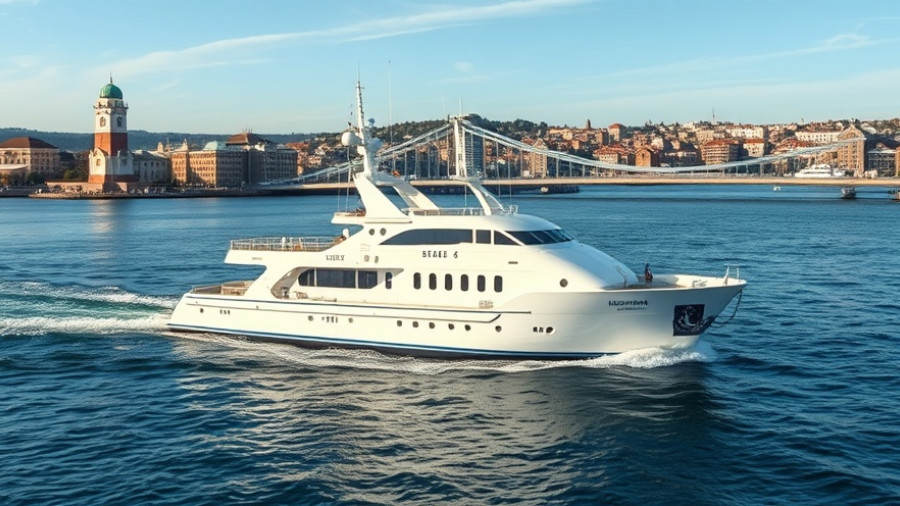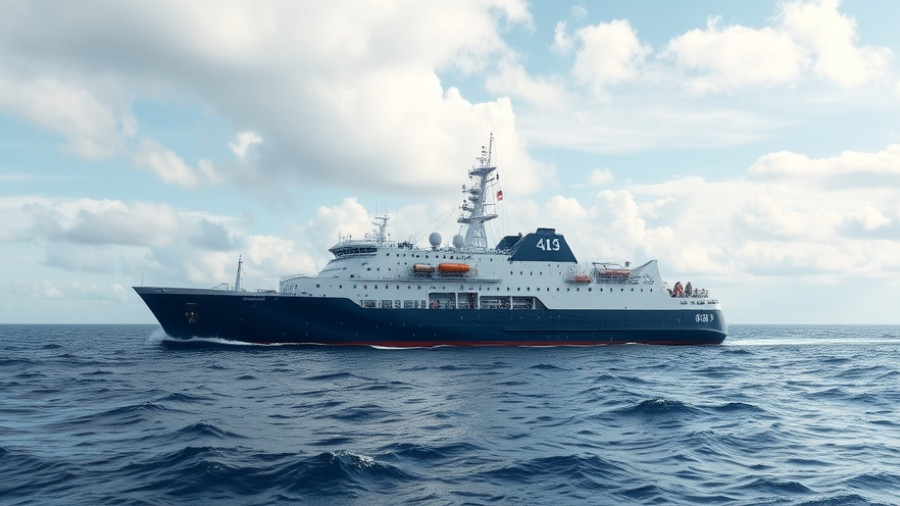
The Time for Change: A Historic Vote on Global Shipping
In a pivotal moment for environmental regulation, seven major shipping associations are rallying support for the International Maritime Organization's (IMO) adoption of the Net-Zero Framework (NZF) during an important upcoming vote in London. This framework aims to establish binding climate regulations for shipping, setting the stage for the industry to become climate neutral by 2050.
Understanding the Net-Zero Framework
The NZF is not just another regulation; it is a comprehensive strategy that combines mandatory emissions limits and greenhouse gas (GHG) pricing, making it the first of its kind for a global industry. The draft amendments for the NZF were approved in April 2025, pushing the shipping sector toward a clear path for reducing carbon emissions.
But why is this adoption crucial? As Anne H. Steffensen, CEO of Danish Shipping, stated, “The alternative to the Net-Zero Framework is not zero regulation… it risks leaving the industry with a complicated patchwork of regional climate regulations.” Such fragmentation could hinder efforts for uniform progress toward sustainability.
Connections to Current Events and Industry Stability
As preparations for the critical vote intensify, the shipping industry faces a crossroads. A united approach under the NZF is seen not just as an environmental necessity but as vital to maintaining global trade efficiency. If the NZF fails to pass, the unpredictability of varying regional regulations may deter investment in cleaner technologies, risking economic stability and ongoing efforts toward reducing emissions.
The Stakes: Why We Need Binding Regulations
The consensus among experts underscores the importance of global regulations over regional measures. The IMO's Secretary-General, Mr. Arsenio Dominguez, emphasized, “...the approval represents another significant step in our collective efforts to combat climate change.” Without a binding framework, the shipping industry may struggle to meet its own aggressive targets for reducing GHG emissions, which holds implications for jobs and economies reliant on shipping.
Future Predictions: What Happens Next?
As the adoption of the NZF draws near, anticipation lies in determining how member states will vote. With support from major associations like the International Chamber of Shipping (ICS) and European Shipowners, favorable outcomes appear likely, yet a two-thirds majority remains essential for adoption. Should the vote succeed, the framework will enable clearer rules for emissions reductions and incentivize investment in sustainable fuels.
If the regulations are not adopted, the ramifications could be severe. Industry experts and groups like the Global Maritime Forum warn that such uncertainty may lead to stagnation in investments necessary for transitioning to greener technologies, potentially endangering the 2050 climate neutrality goal.
The Road Ahead: Embracing Sustainable Practices
Ultimately, the upcoming October vote on the NZF represents an opportunity not just for the shipping sector but for global efforts against climate change. By adopting a uniform regulatory framework, the shipping industry can drive forward the transition to sustainable practices and position itself as a leader in effective climate action.
Climate change is a pressing reality, and with the shipping industry playing a significant role in global emissions, it is essential to act decisively. Thus, both industry leaders and member states must recognize the urgency and support the adoption of the NZF for a sustainable maritime future.
The Call to Action for Sustainability
As we watch this historical vote unfold, the shipping community and stakeholders worldwide must encourage their representatives to endorse the Net-Zero Framework. Effective climate regulation is paramount for a sustainable future in shipping, global trade, and the health of our planet.
 Add Row
Add Row  Add
Add 




Write A Comment